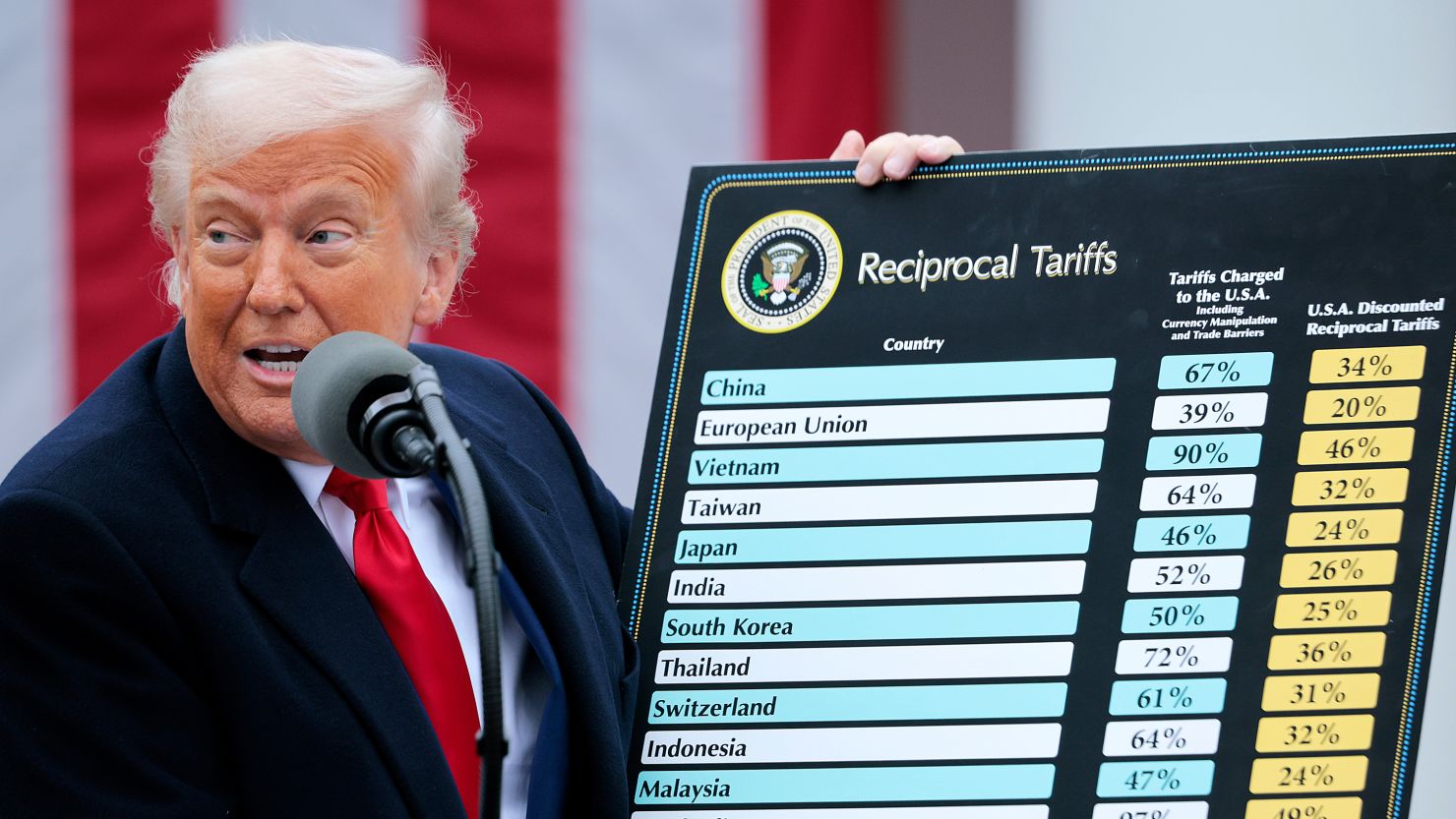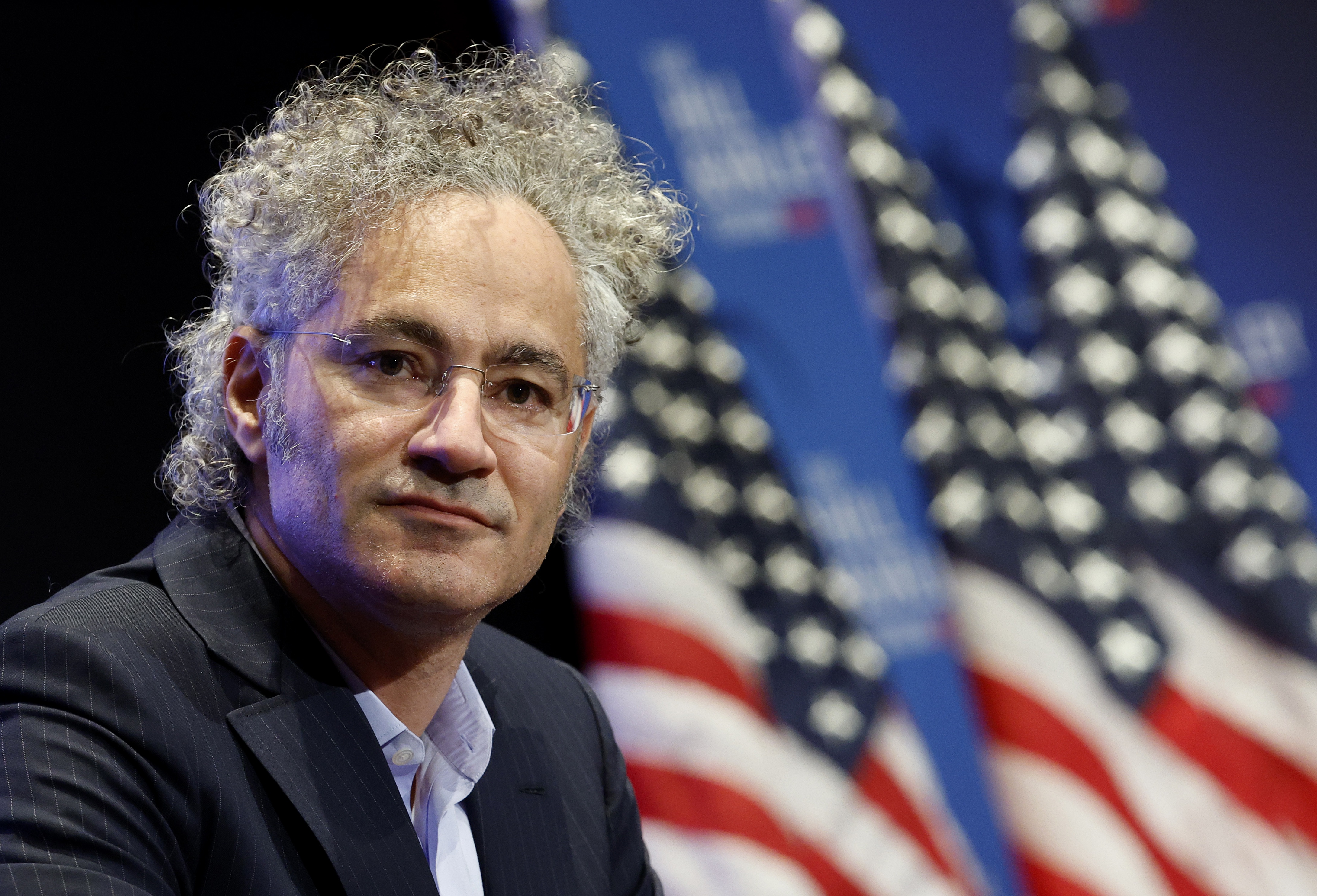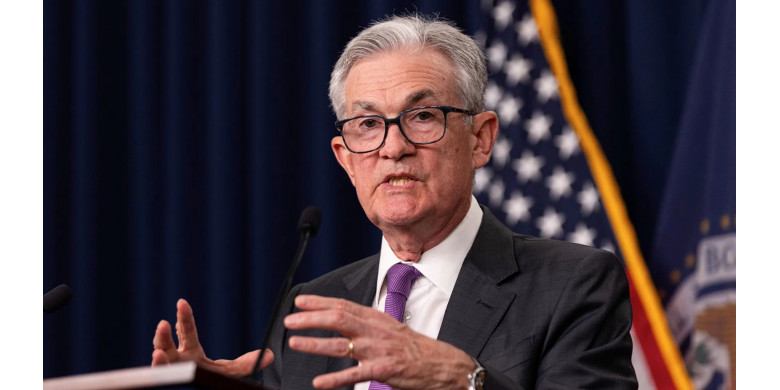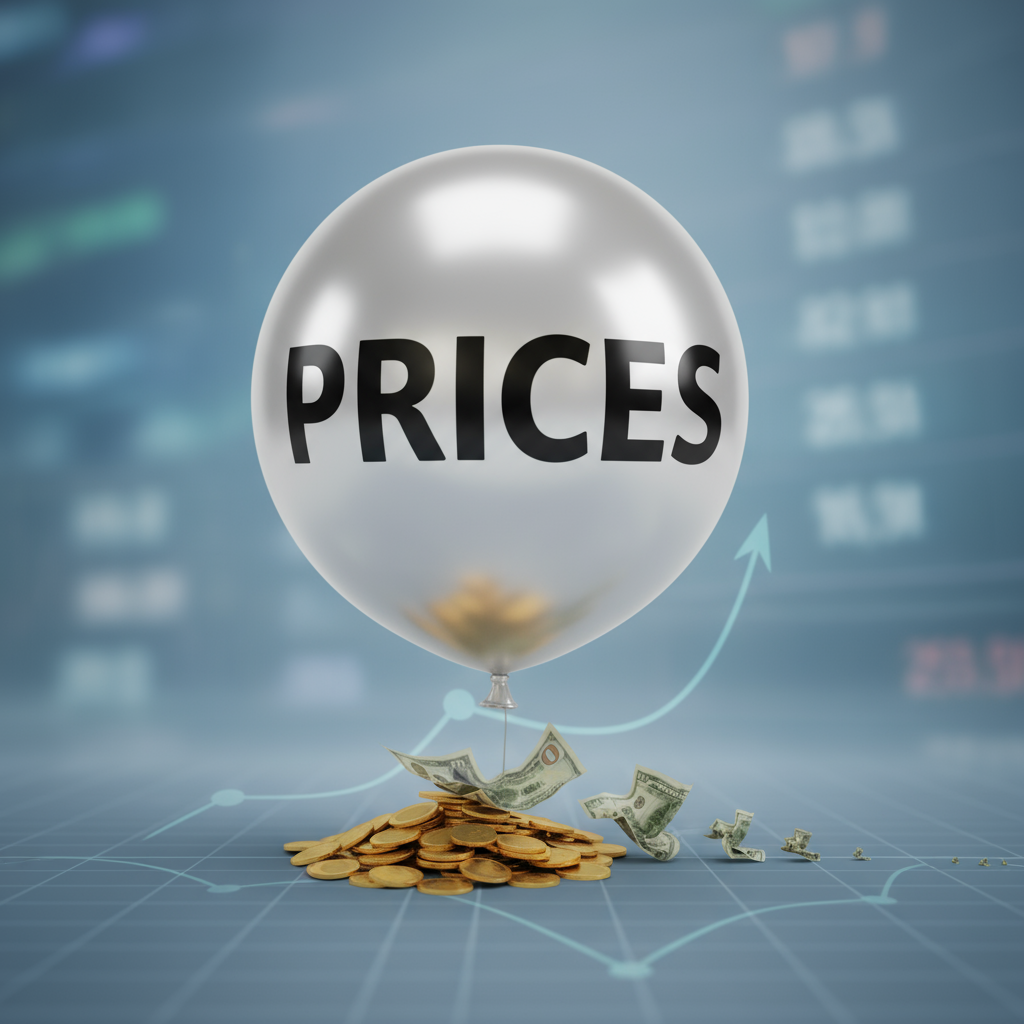The Trump Trade 2.0 — 2025 Edition
Fast-forward to late 2025, and the idea of a “Trump trade” has re-emerged — but it looks very different from the original version.
Markets are once again reacting to Trump’s political comeback and investor anticipation of his potential 2025 policies, but the economic environment has changed dramatically.
Here’s what’s new:
The Dollar Has Weakened
Unlike the strong-dollar narrative of 2016–2017, the U.S. dollar has slumped throughout 2025, falling sharply against both the euro and emerging-market currencies.
Investors are now pricing in:
- Stubborn fiscal deficits,
- Rising Treasury issuance, and
- Expectations that the Fed will eventually ease policy again.
A weaker dollar means that this time, the Trump trade doesn’t look like a “U.S. only” bet — capital is flowing back into non-U.S. assets, too.
Gold’s Meteoric Surge
If 2016’s Trump trade favored bank stocks, 2025’s version has been all about gold.
Gold prices have skyrocketed more than 60% year-to-date, breaking above $3,800/oz at one point in October. Several forces are at play:
- The weak dollar has made gold cheaper in other currencies.
- Persistent inflation and budget expansion talk have boosted safe-haven demand.
- Central banks, especially in Asia and the Middle East, have been buying aggressively.
In other words, the new Trump trade includes a gold rush — not a headwind for it.
The Surprise: Emerging Markets Are Holding Up
Historically, “Trump trades” brought pain to emerging markets due to fears of trade wars, tariffs, and a stronger dollar.
But this cycle, the situation has flipped:
- Emerging-market currencies are resilient.
- Commodity-exporting countries (like Brazil and Indonesia) have benefited from higher raw material prices.
- China’s slow but stable rebound has prevented contagion.
Instead of a sell-off, investors see EM assets as a value play and a hedge against U.S. fiscal risk.
What Still Defines a Trump Trade?
Despite these shifts, the underlying logic stays familiar — positioning around Trump-style policies:
| Sector / Asset |
Why It Moves |
| Energy (Oil, Gas, Coal) |
Expectation of deregulation, pipeline expansion, and pro-production policies. |
| Defense & Aerospace |
Anticipated increases in military budgets and protection-focused spending. |
| Infrastructure / Industrials |
Investors betting on “rebuild America” projects. |
| Precious Metals & Miners |
Inflation hedges amid spending-heavy policies and a weaker dollar. |
| Small-Cap Stocks |
Domestic focus benefits from potential tax or regulatory breaks. |
What’s Out of the “Trade” This Time
- U.S. Dollar (DXY): Falling instead of rallying.
- Bank stocks: Lagging as yield curves flatten again.
- Treasury bonds: Stuck in the middle ground — not risk-off enough for safety, not risk-on enough for inflation plays.
Why It’s Still Called the “Trump Trade”
The name might sound funny, but it’s trader shorthand for a cluster of trades linked to Trump-era economic themes — not a political statement.
Just as there’s a “reflation trade” or “AI trade”, the “Trump trade” describes an expectation-driven market narrative. It captures investor reaction to a policy mix that emphasizes spending, tariffs, and deregulation — all of which alter capital flows across sectors.
How to Track the 2025 Trump Trade
If you want to keep an eye on it:
- Watch gold (GLD) and U.S. dollar indexes (DXY, UUP) for macro shifts.
- Track XLE (energy) and ITA (defense) for sector momentum.
- Keep an eye on emerging-market ETFs (EEM, VWO) — they’ve quietly become part of the mix.
- Follow small-cap ETFs (IWM) for renewed U.S. domestic optimism.
Final Thoughts
The Trump trade in 2025 isn’t just about betting on a political figure — it’s about navigating a new macro landscape shaped by inflation pressure, fiscal expansion, and a changing global currency order.
The name stuck from 2016, but the dynamics have flipped.
Back then it was a Strong Dollar, Buy Banks story.
Now, it’s a Weak Dollar, Buy Gold world.
Same playbook title — totally different game.



